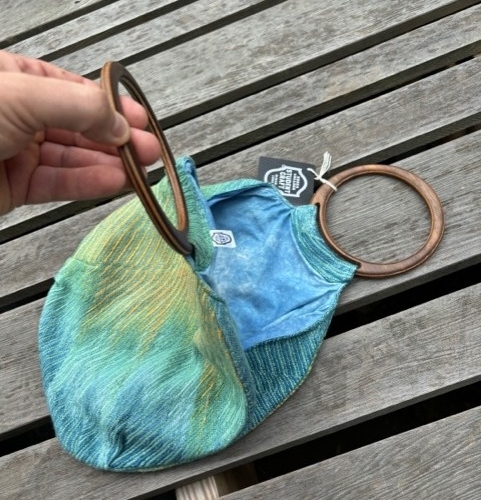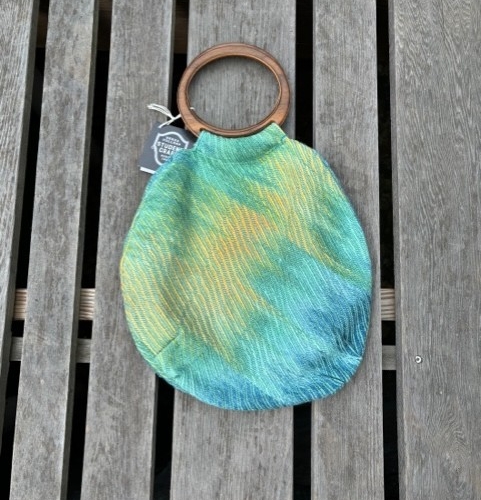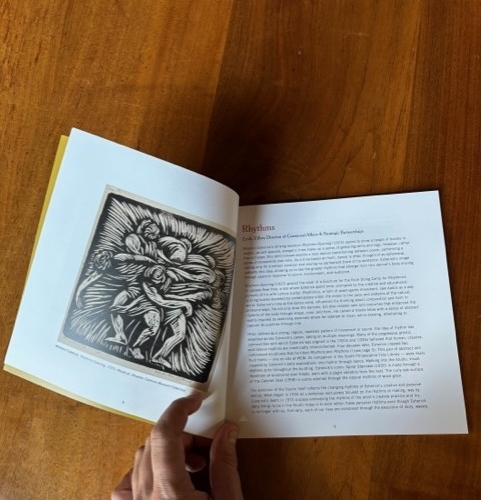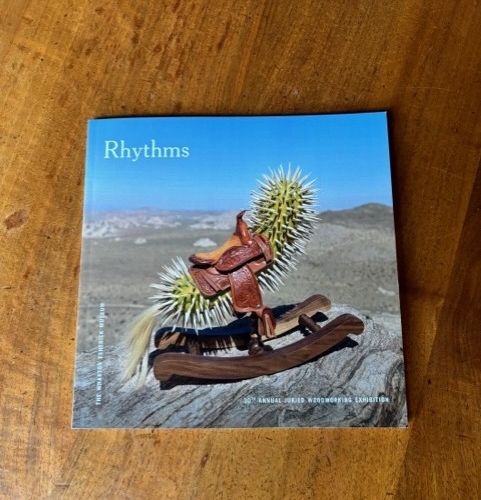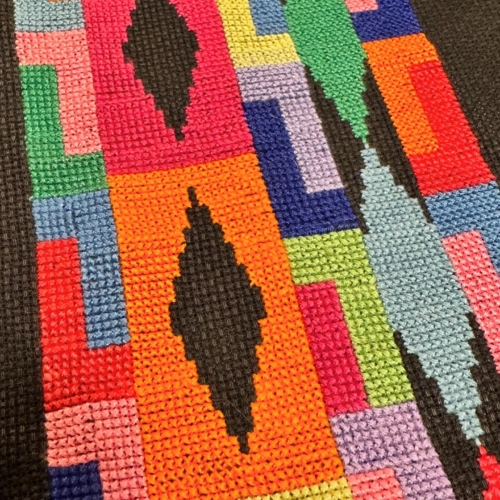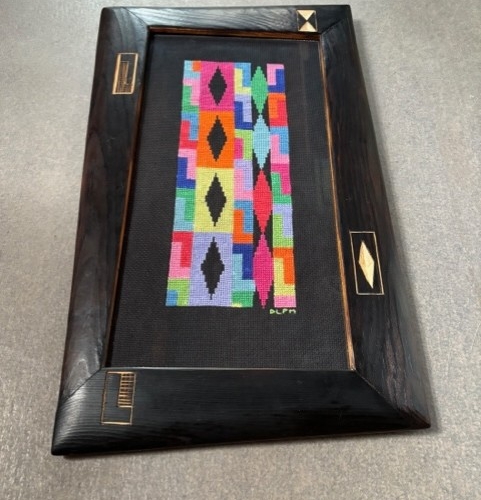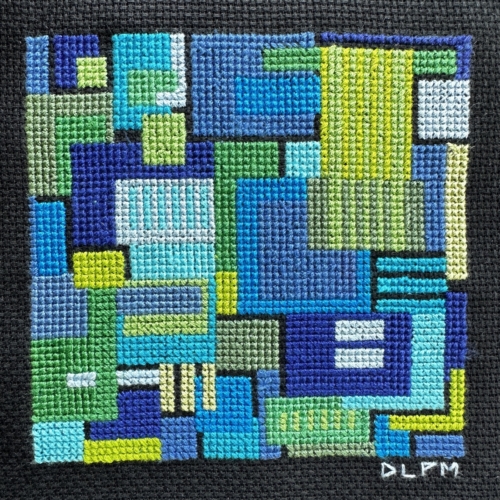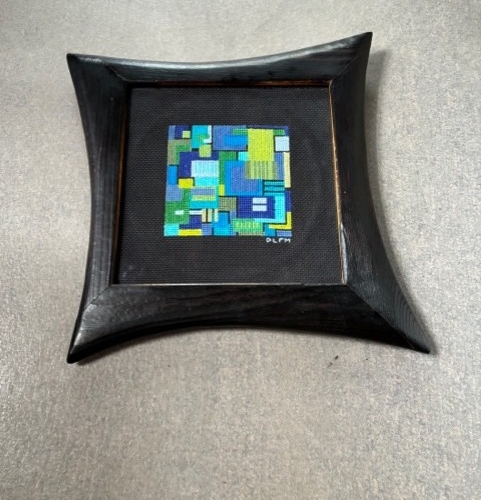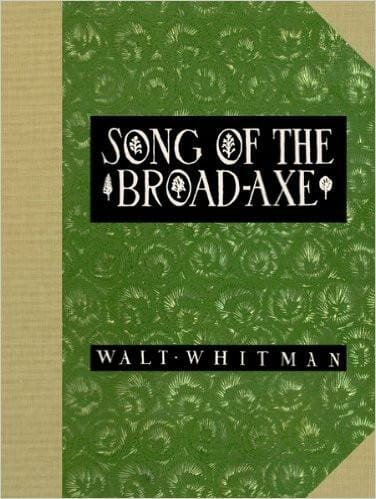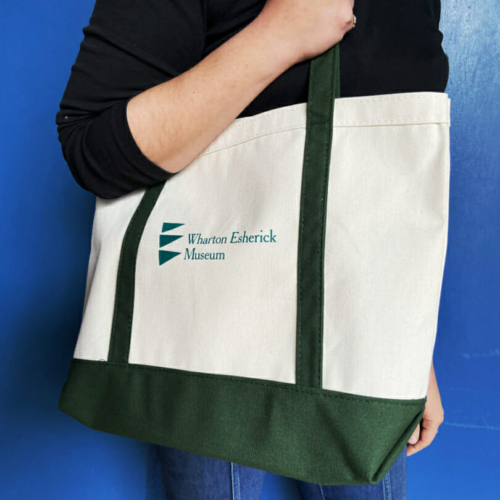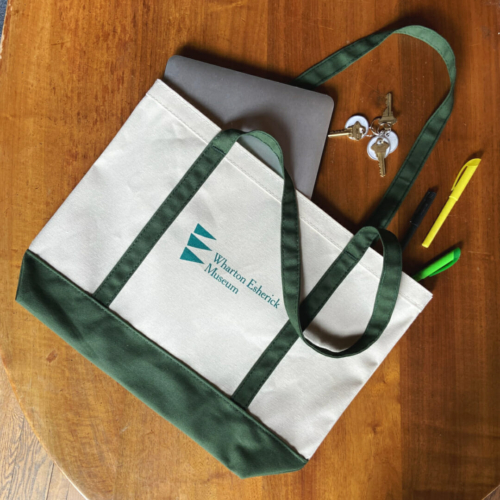-
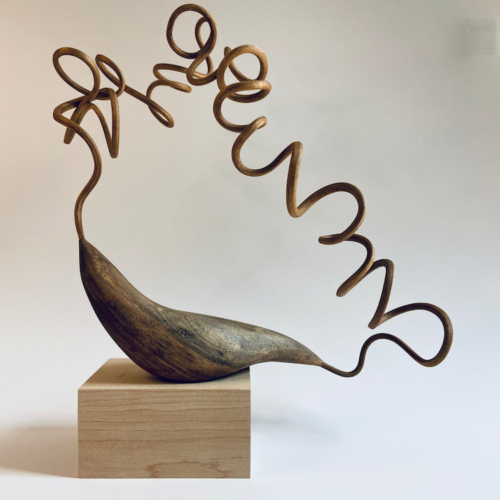 Rainy Lehrman Circadian Rhythm, 2024 Walnut, sassafrass 12 x 6 x 12 inches Explore this work and others on view in Rhythms, WEM's 30th Annual Juried Woodworking Exhibition. *Shipping of artworks from the Juried Woodworking Exhibition will be arranged by the artist. Please enter the coupon code juried30 at checkout to receive free shipping on these items. *Member discount cannot be applied to artworks in the Juried Woodworking Exhibition.
Rainy Lehrman Circadian Rhythm, 2024 Walnut, sassafrass 12 x 6 x 12 inches Explore this work and others on view in Rhythms, WEM's 30th Annual Juried Woodworking Exhibition. *Shipping of artworks from the Juried Woodworking Exhibition will be arranged by the artist. Please enter the coupon code juried30 at checkout to receive free shipping on these items. *Member discount cannot be applied to artworks in the Juried Woodworking Exhibition. -
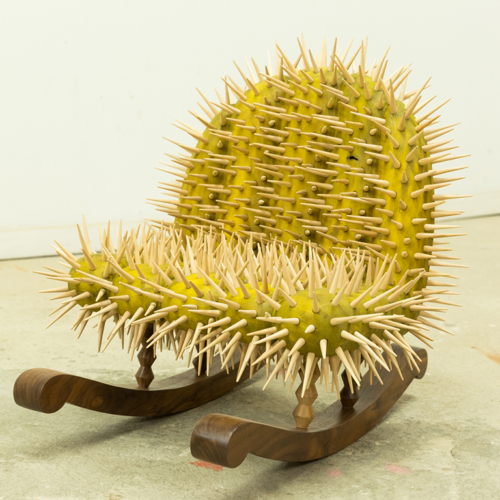 Raul De Lara The Wait (Again), 2022 Walnut, cedar, hemu, lacquer, color pencil, urethane, pigment 21 x 19 x 20 ½ inches Explore this work and others on view in Rhythms, WEM's 30th Annual Juried Woodworking Exhibition. *Shipping of artworks from the Juried Woodworking Exhibition will be arranged by the artist. Please enter the coupon code juried30 at checkout to receive free shipping on these items. *Member discount cannot be applied to artworks in the Juried Woodworking Exhibition.
Raul De Lara The Wait (Again), 2022 Walnut, cedar, hemu, lacquer, color pencil, urethane, pigment 21 x 19 x 20 ½ inches Explore this work and others on view in Rhythms, WEM's 30th Annual Juried Woodworking Exhibition. *Shipping of artworks from the Juried Woodworking Exhibition will be arranged by the artist. Please enter the coupon code juried30 at checkout to receive free shipping on these items. *Member discount cannot be applied to artworks in the Juried Woodworking Exhibition. -
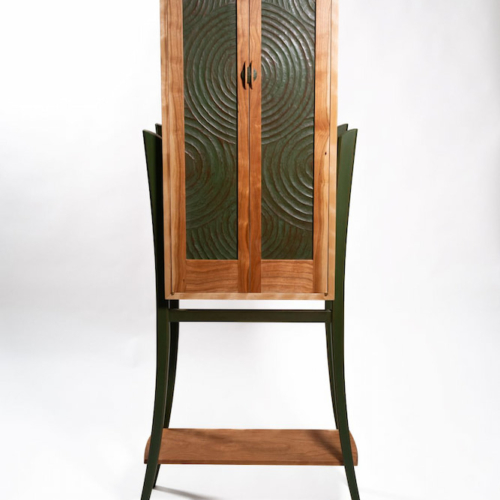 Rob Spiece Hypnotizer Cabinet, 2023 Cherry, ash, wool 21 x 18 x 72 inches Photography by Sean Hall Explore this work and others on view in Rhythms, WEM's 30th Annual Juried Woodworking Exhibition. *Shipping of artworks from the Juried Woodworking Exhibition will be arranged by the artist. Please enter the coupon code juried30 at checkout to receive free shipping on these items. *Member discount cannot be applied to artworks in the Juried Woodworking Exhibition.
Rob Spiece Hypnotizer Cabinet, 2023 Cherry, ash, wool 21 x 18 x 72 inches Photography by Sean Hall Explore this work and others on view in Rhythms, WEM's 30th Annual Juried Woodworking Exhibition. *Shipping of artworks from the Juried Woodworking Exhibition will be arranged by the artist. Please enter the coupon code juried30 at checkout to receive free shipping on these items. *Member discount cannot be applied to artworks in the Juried Woodworking Exhibition. -
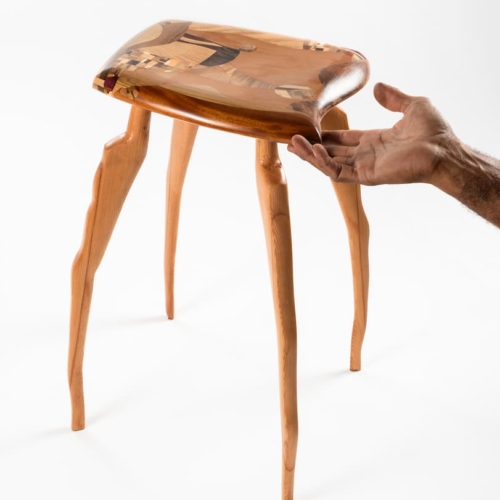 Roberto Gastelumendi S(c)ient, 2023 Wood 14 x 14 x 24 inches Photography by Sibilia Savage Explore this work and others on view in Rhythms, WEM's 30th Annual Juried Woodworking Exhibition. *Shipping of artworks from the Juried Woodworking Exhibition will be arranged by the artist. Please enter the coupon code juried30 at checkout to receive free shipping on these items. *Member discount cannot be applied to artworks in the Juried Woodworking Exhibition.
Roberto Gastelumendi S(c)ient, 2023 Wood 14 x 14 x 24 inches Photography by Sibilia Savage Explore this work and others on view in Rhythms, WEM's 30th Annual Juried Woodworking Exhibition. *Shipping of artworks from the Juried Woodworking Exhibition will be arranged by the artist. Please enter the coupon code juried30 at checkout to receive free shipping on these items. *Member discount cannot be applied to artworks in the Juried Woodworking Exhibition. -
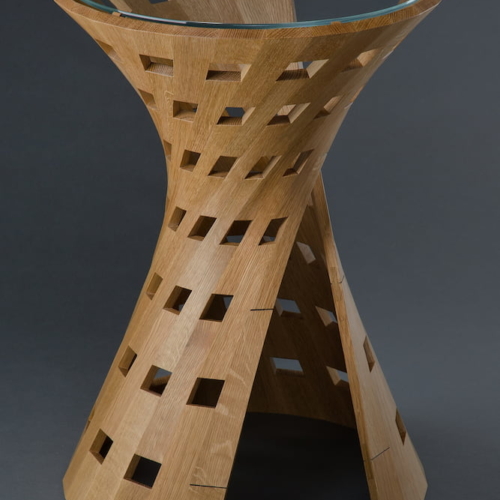 Stephen Thrasher Coopered Twist Table, 2023 White oak 16 x 16 x 24 inches Explore this work and others on view in Rhythms, WEM's 30th Annual Juried Woodworking Exhibition. *Shipping of artworks from the Juried Woodworking Exhibition will be arranged by the artist. Please enter the coupon code juried30 at checkout to receive free shipping on these items. *Member discount cannot be applied to artworks in the Juried Woodworking Exhibition.
Stephen Thrasher Coopered Twist Table, 2023 White oak 16 x 16 x 24 inches Explore this work and others on view in Rhythms, WEM's 30th Annual Juried Woodworking Exhibition. *Shipping of artworks from the Juried Woodworking Exhibition will be arranged by the artist. Please enter the coupon code juried30 at checkout to receive free shipping on these items. *Member discount cannot be applied to artworks in the Juried Woodworking Exhibition.

